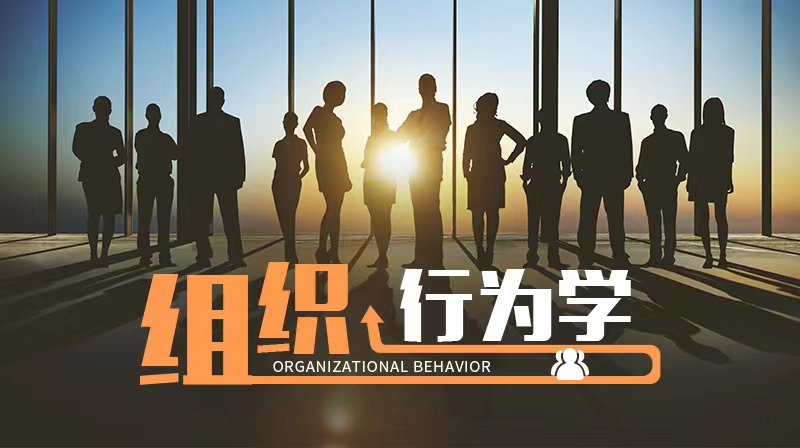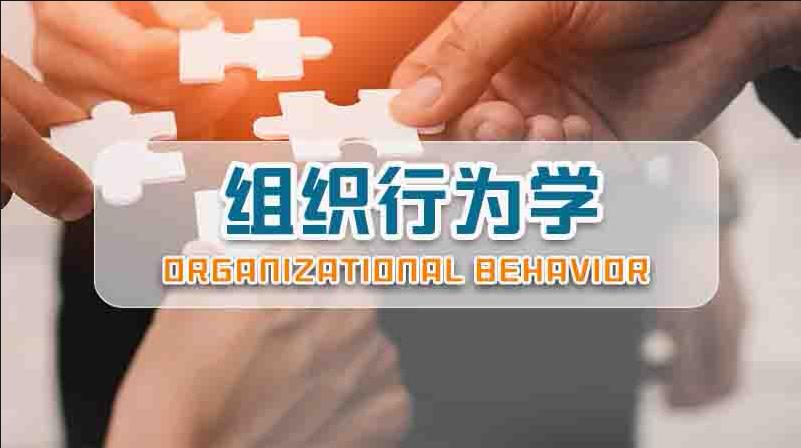第四章测试1.What are the three components of an attitude?( )
A:cognitive, behavioral, and dissonant
B:correspondent, cognitive, and affective
C:behavioral, affective, and correspondent
D:dissonant, affective, and behavioral
E:cognitive,affective, and behavioral
答案:E
2.
Which of these actions are the most likely to be taken by Sarah if she behaves in a way that is inconsistent with an attitude that she holds? ( )
A:The rest of the options are correct. B:Rationalize the behavior.
C:Change the behavior.
D:Ignore the inconsistency.
E:Change the attitude.
3.Any incompatibility between two or more attitudes or between behavior and attitudes results in ________.( )
A:organizational dissonance
B:affective reactance
C:attitudinal clarification
D:values clarification
E:cognitive dissonance
4.The theory of cognitive dissonance was proposed by ________. ( )
A:Maslow
B:Skinner
C:Festinger
D:Pavlov
E:Hofstede
5."Dissonance" means ________. ( )
A:consistency
B:reactance
C:inconsistency
D:resistance
E:constance
6.Which of the following is not a moderating variable of the attitude-behavior relationship? ( )
A:accessibility
B:correspondence to behavior
C:importance
D:direct experience
E:power
7.When Sarah says "I don't like Paris Hilton", she is expressing an attitude.( )
A:对 B:错 8.Attitudes are often concrete matters of fact.( )
A:对 B:错 9.Attitudes and values are synonymous terms. ( )
A:错 B:对 10.There are three components of an attitude: cognition, affect, and behavior.( )
A:错 B:对
温馨提示支付 ¥4.99 元后可查看付费内容,请先翻页预览!







